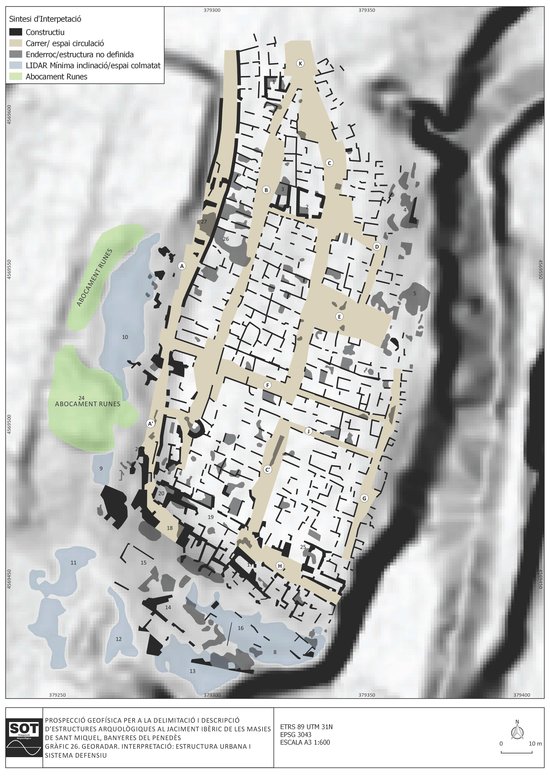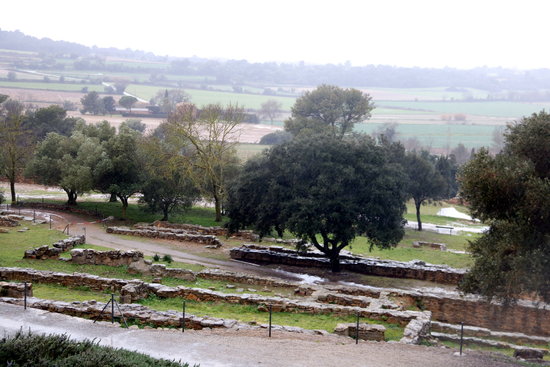Catalan archaeologists discover buried ancient Iberian city
Ground-penetrating radar has revealed a 2.5 hectare pre-Roman urban site close to Tarragona

The Roman civilization left a notable footprint in what is now Catalonia after its centuries-long presence, with not only buildings remaining, but also its language, civil law, agriculture, and more. But the Romans were not the first civilization in the territory. In fact they found the Iberians, another civilization, when they first arrived. The whole Iberian Peninsula is named after them, and other place names in Catalonia have their origin in the Iberian language. This civilization also left behind many artefacts in their wake. Archeologists continue working on sites of old Iberian settlements to this day, and an especially remarkable one has just been discovered using the latest in modern technology.
Researchers have discovered a buried Iberian city in Banyeres del Penedès, in the Tarragona area, about an hour south of Barcelona. Experts from Barcelona University and the Catalan Institute of Classical Archaeology say the find is as significant as the remains unearthed in Ullastret in 2012 (picture below), until now the most extensive of their kind ever discovered in Catalonia.
How the settlement was found
The archaeologists used ground-penetrating radar to detect the 2.5 hectares of buried urban remains, which show a pre-Roman city laid out in a regular structure of wide parallel streets that are perpendicular to a series of more narrow roads. The researchers have so far managed to identify the remains of 200 different sites in the city, including squares, walls, towers and a large moat.

It is believed that the city was built by the Cessetani people, an Iberian tribe that lived along the coast in the area, between the Garraf Massif, near the seaside resort of Sitges, and the Coll de Balaguer mountain pass in the Catalan Pre-Coastal Range. One of the Cessetani’s main settlements was Cissa, which later became Tarraco under the Romans, and is now the major Catalan city of Tarragona.
Settlement dates back to 4th century BCE
Exploratory excavations in the 1980s and ‘90s pointed to the possible existence of buried remains, but it was the use of ground-penetrating radar that confirmed the suspicions. From what the researchers have gleaned so far, the settlement appears to date back to the 4th century BCE, and it continued to be inhabited for 600 years, until about 200 CE. The experts think the city was abandoned due to the Second Punic War between Carthage and Rome, or due to the revolts by indigenous peoples that followed the conflict.
Excavation to start this year
The archaeologists are planning to begin an initial excavation this year to confirm their findings, with a more extensive dig expected to start next year. That excavation will be carried out with the involvement of the local Banyeres authorities, who in the next few months intend to purchase the land below which the city is buried. Banyeres mayor, Amadeu Benach, called the discovery a “great find” and one that is important for the town and “for the country as a whole.”